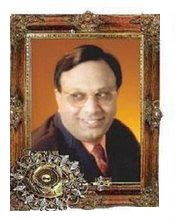+Although chest pain or pressure is the most common symptom of a heart attack, heart attack victims may experience a diversity of symptoms that include: • Pain, fullness, and/or squeezing sensation of the chest • Jaw pain, toothache, headache • Shortness of breath • Nausea, vomiting, and/or general epigastric (upper middle abdomen) discomfort • Sweating • Heartburn and/or indigestion • Arm pain (more commonly the left arm, but may be either arm) • Upper back pain • General malaise (vague feeling of illness) • No symptoms (Approximately one quarter of all heart attacks are silent, without chest pain or new symptoms. Silent heart attacks are especially common among patients with diabetes mellitus) Even though the symptoms of a heart attack at times can be vague and mild, it is important to remember that heart attacks producing no symptoms or only mild symptoms can be just as serious and life-threatening as heart attacks that cause severe chest pain. …
Heart Attack Symptoms in Women — Are they Different? "Chest pain is still the most common sign of a heart attack for most women, although studies have shown that women are more likely than men to have symptoms other than chest pain or discomfort when experiencing a heart attack or other form of acute coronary syndrome (ACS) … The authors also report that women are more likely than men to experience other forms of cardiac chest pain syndromes, such as unstable angina, and they appear to report a wider range of symptoms associated with ACS. For example, women are more likely to report pain in the middle or upper back, neck, or jaw; shortness of breath; nausea or vomiting; indigestion; loss of appetite; weakness or fatigue; cough; dizziness; and palpitations."
Followers
Saturday, January 17, 2009
Subscribe to:
Post Comments (Atom)

No comments:
Post a Comment